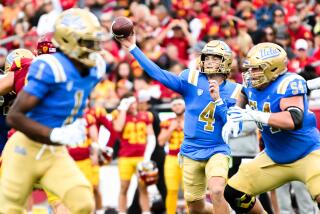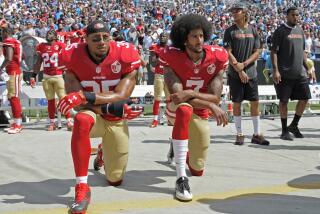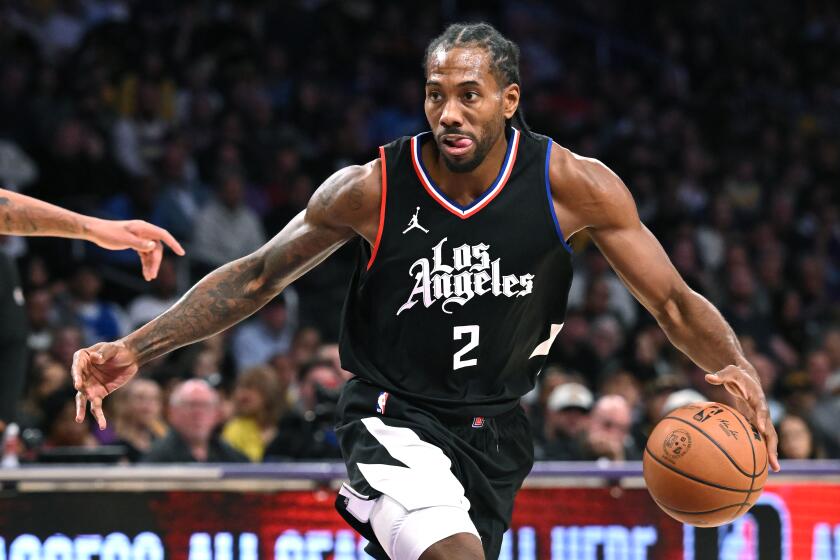NIH to walk away from $16 million of NFL gift for brain research
Five years ago, four months after the suicide of legendary linebacker Junior Seau, the NFL donated $30 million to the National Institutes of Health for brain research.
At the time, the league said its “unrestricted gift” was the largest donation in its history and would help fund a new Sports and Health Research Program to be conducted in collaboration with institutes and centers at the NIH.
That donation is set to expire in August, and according to a report by ESPN’s “Outside the Lines,” the NIH will leave more than half of it on the table. The report said the government agency is willing to walk away from $16 million in the wake of a congressional study last year that accused the NFL of trying to steer money away from Dr. Robert Stern, a Boston University neuroscientist who had been staunchly critical of the league’s handling of head injuries.
Whereas the NIH said in a statement Thursday that there are “no current research plans” for the remaining funds, the NFL said league officials are “engaged in constructive discussions” with the FNIH – the fundraising arm of the NIH – “regarding potential new research projects and the remaining funds of our $30 million commitment.”
The disagreement over how the money should be used reached a crescendo in May 2016 when Democratic members of the House Committee on Energy and Commerce released a study finding the NFL’s head, neck and spine committee tried to improperly influence government research by attempting to steer the investigation toward a doctor with ties to the league.
The NFL rejected the findings of that study, however, and point to the fact the Republican chairman of that House committee not only didn’t agree with the findings of that study, but pushed for an independent investigation of the NIH and its procedures.
The league announced last fall that it would spend $100 million to fund research for the prevention, diagnosis and treatment of concussions. Commissioner Roger Goodell said at the time that 60% of that money would go toward improving football equipment, such as helmets, and the remaining funds would go to medical research.
The latest development, that the majority of the NIH donation will go unused, comes against the backdrop of Boston University researchers having found evidence of the brain disease chronic traumatic encephalopathy (CTE) in 110 of 111 former NFL players.
Two years ago, the same Boston University group found CTE in 87 of 91 deceased NFL players.
Follow Sam Farmer on Twitter @LATimesfarmer
ALSO
CTE was nearly ubiquitous among former NFL players who donated their brains to science
Pac-12 football coaches favor new rule that eliminates two-a-days in practice
For high school football players, just a season of play brings brain changes
More to Read
Get our high school sports newsletter
Prep Rally is devoted to the SoCal high school sports experience, bringing you scores, stories and a behind-the-scenes look at what makes prep sports so popular.
You may occasionally receive promotional content from the Los Angeles Times.







